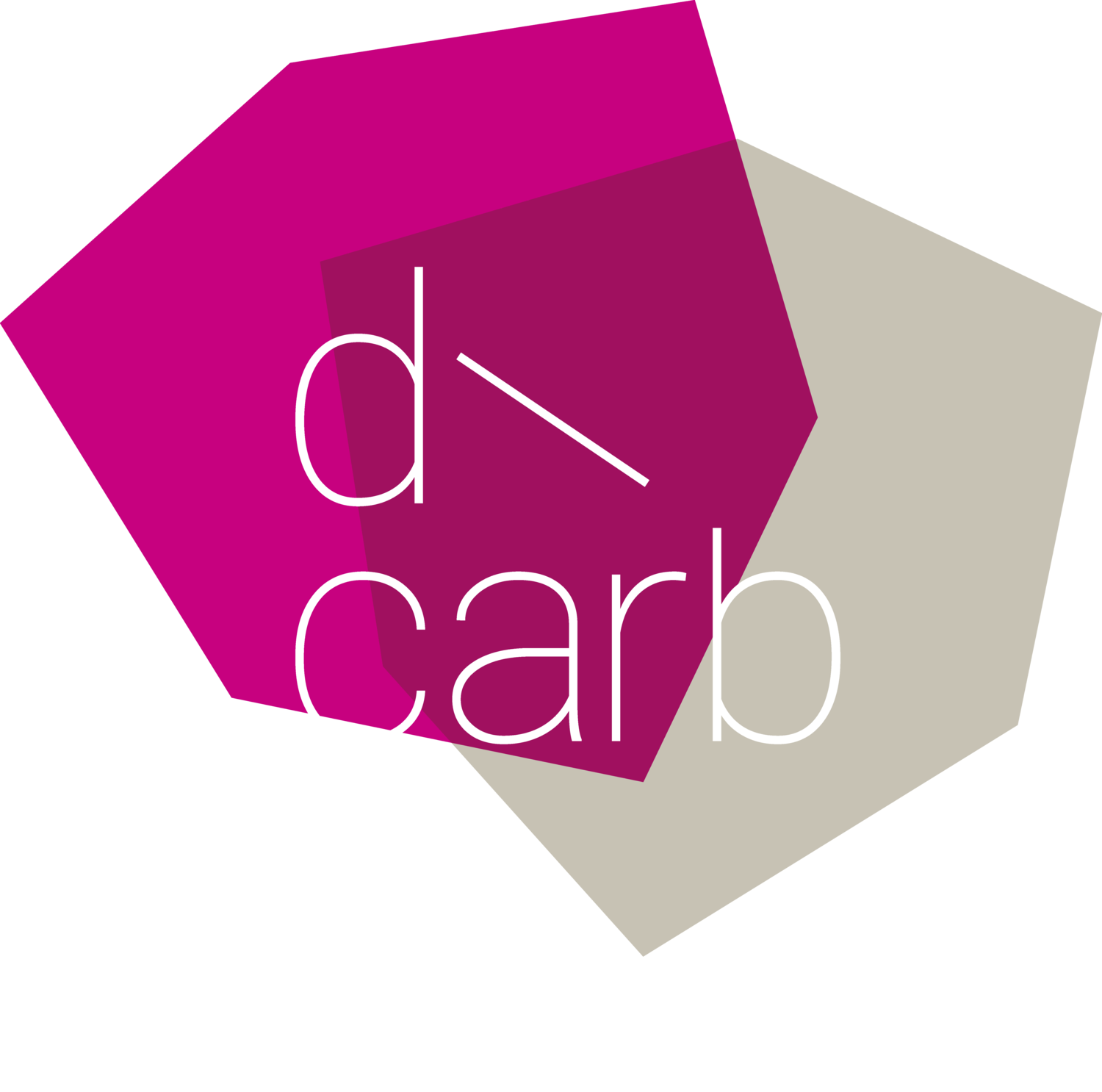In Person (Zoom link available for hybrid participation)
Participation is free but requires prior registration.
Event description
Save the date for this in-person event featuring three panels on issues in fostering innovation for a green transition through policy. The first panel will focus on the role of carbon contracts for difference as an innovative new policy tool for a green transition. The second session dives into challenges and opportunities for decarbonizing the cement industry. A third panel, focussing on carbon removal technologies, will round off the day. Join us in Berlin to discuss these and more questions with our expert guests:
How do policy instruments such as carbon contracts for differences need to be designed to facilitate low-carbon pathways at least cost?
What pitfalls should be avoided in the design of policies?
Why do we need breakthrough innovations in energy technologies so urgently?
What are the key things that need to happen to fast-track technological progress during this climate-critical decade, for example for cement?
What promise does the advancement of green technologies hold for reducing carbon emissions?
Opening remarks, Prof. Dr. Cornelia Woll, President of the Hertie School and Professor of International Political Economy
09.45am - 10am
First session: “Carbon Contracts for Difference: Catalysing a Decarbonised Future”
10.15am - 12.00 pm
Speakers: Prof. Dr. Karsten Neuhoff (DIW), Friedrich von Schönfeld (BMWK), Johanna Schiele (European Commission)
The first auction process for climate protection contracts took place on March 12th, started by the German Federal Ministry for Economic Affairs and Climate Protection. For this panel, we delve into the groundbreaking world of carbon contracts for difference (CCfDs). We uncover the potential of CCfDs in driving emissions reduction and fostering sustainable growth. How do they differ from other policy instruments like the Emissions Trading System? A perspective from academics and policymakers about the new role of CCfDs and the various types available. Further, the panel will include insights into real incentives for energy-intensive production and the experiences from EU-wide auctions for green hydrogen production.
Second session: “Decarbonising Cement: the Biggest Challenges and Answers”
1.00 pm - 2.45 pm
Speakers: Carolin Boßmeyer (Heidelberg Materials), Dr. Volker Thome (Fraunhofer IPA), Moderator: Dr. Tobias Lechtenfeld
The cement industry is currently a pillar of German economy and responsible for around 7% of global and 4% of EU CO2 emissions. This is why the Global Cement and Concrete Association calls for complete decarbonization of the industry by 2050. But what does this mean for reducing emissions during cement production? We will dive into the possibilities and limitations of this ambitious goal from a political and industry expert perspective. The panel will discover the importance of the cement industry in reaching net zero emissions and what it will take to achieve carbon-free cement production. Explore the political expectations and the challenges facing the cement industry with focus on the building sector.
Third session: “Carbon Removal Technologies: the Race to Zero and Net Negative”
3.15 pm - 5.00 pm
Speakers: Marian Krüger (remove), Lisa Mangertsreder (Verein für Negativemissionen), Devina Banerjee (Carbon Gap), Moderator: Nils Handler
Carbon removal becomes increasingly prominent in policy-discussions as it will be essential for a net zero, and an eventual net negative economy in the more and more likely case of emission overshoot. This motivates our focus on this emerging technology and policy topic, where we introduce the discussion on what carbon removal technologies exactly do, what lessons can be learned from Solar PV, wind and lithium-ion batteries in riding down their cost curves and what technological breakthroughs will be required to make carbon removal technologies cost-competitive with other net zero technologies. Further, we shed light on how the current cost of carbon removal compares to the social cost of carbon, and what political economy factors matter in their deployment and what policies are needed to effectively integrate them into low-carbon transition pathways.


